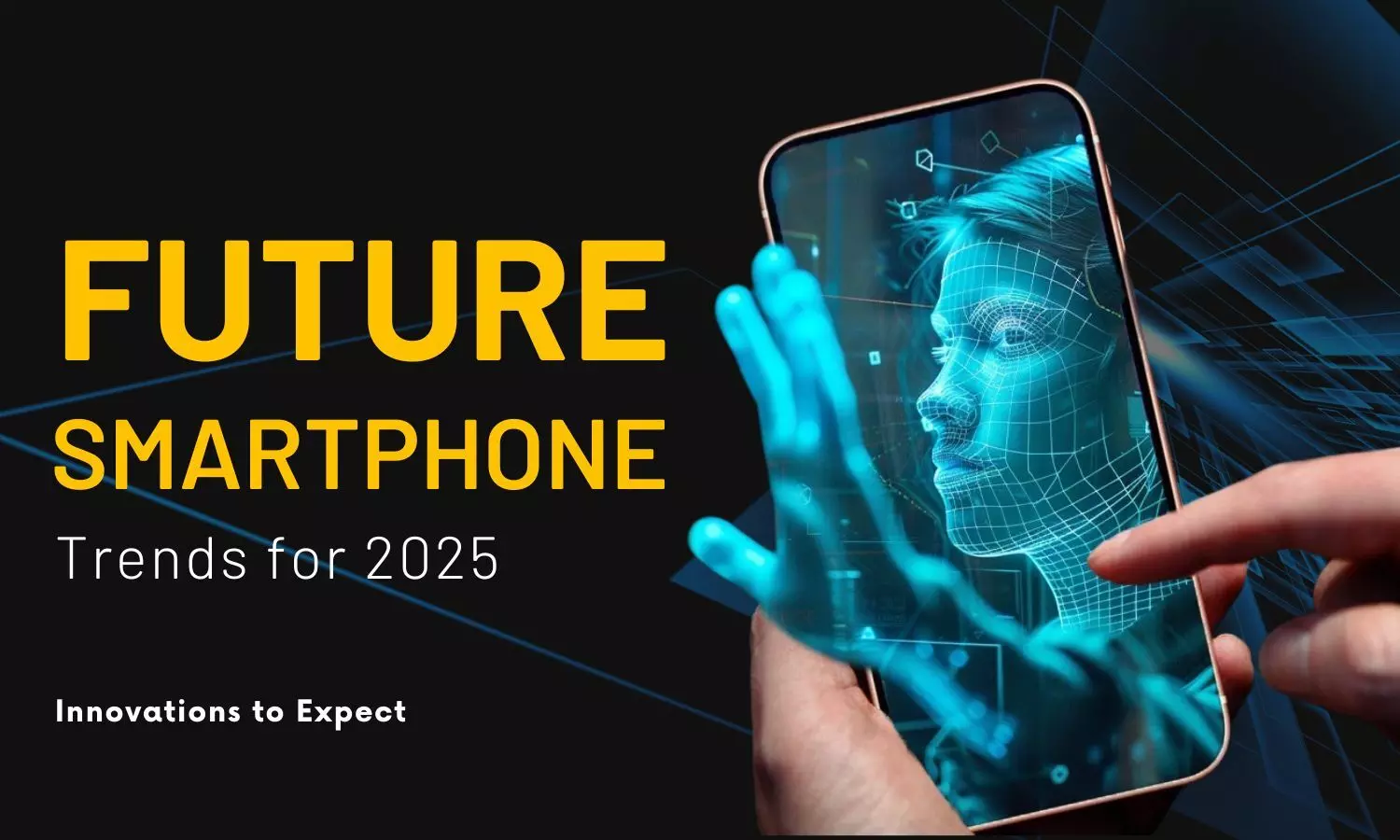Future Smartphone Trends for 2025: Innovations to Expect
Explore the anticipated smartphone trends of 2025.
Future Smartphone Trends for 2025: Innovations to Expect

The smartphone industry is on the cusp of a transformative era as we approach 2025. With rapid advancements in technology and evolving consumer needs, future smartphones are poised to offer features and capabilities that were once thought to be science fiction. Here’s a detailed look at the trends we can anticipate in the next generation of smartphones.
Advanced AI Integration
Artificial intelligence (AI) is set to become the backbone of smartphone functionality. Expect AI to personalise user experiences more than ever, adapting to individual preferences in real time. This could manifest in smarter app management, where the device learns which apps to prioritise based on usage patterns. Additionally, enhanced photography features powered by AI will enable users to capture stunning images with minimal effort, thanks to advanced scene recognition and intelligent editing tools. Voice assistants will also evolve, becoming more intuitive and capable of understanding complex commands and contextual nuances.
Flexible and Foldable Displays
The trend towards flexible and foldable screens will gain significant traction by 2025. As manufacturers refine this technology, we can expect an increase in devices that seamlessly transition between smartphone and tablet modes. These innovative displays will not only provide larger viewing areas without increasing device size but also introduce novel user interfaces that take advantage of the unique form factors. The result will be multifunctional devices that cater to both productivity and entertainment needs, allowing users to multitask more effectively.
Enhanced Battery Technology
Battery technology is set for a significant overhaul, focusing on both longevity and rapid charging capabilities. The development of solid-state batteries could revolutionise the way smartphones are powered, offering increased energy density and safety. Users can look forward to devices that last longer on a single charge while also supporting faster charging solutions, minimising downtime. This enhancement will make it easier to stay connected and productive throughout the day.
5G and Beyond
As 5G networks continue to roll out globally, by 2025, we can expect even more sophisticated connectivity options. Enhanced 5G will likely lead to faster data speeds, reduced latency, and an overall more reliable network experience. This evolution may pave the way for early implementations of 6G technology, further pushing the boundaries of mobile connectivity. Users will enjoy richer experiences in gaming, streaming, and cloud-based applications, as well as more effective communication methods.
Improved Biometric Security
As privacy concerns grow, biometric security features are expected to become increasingly sophisticated. Future smartphones will likely incorporate multi-modal authentication, combining various methods such as 3D facial recognition, advanced in-display fingerprint sensors, and even innovative techniques like vein pattern recognition. These advancements will provide users with enhanced security while maintaining ease of access, ensuring that personal data is protected without compromising convenience.
Augmented Reality (AR) Enhancements
Augmented reality is set to experience a significant leap in capabilities, driven by advancements in processing power and software integration. Future smartphones will likely support more immersive AR applications, transforming how users engage with gaming, education, shopping, and navigation. Enhanced AR experiences will leverage the power of AI and machine learning, enabling real-time object recognition and interaction, making these technologies more accessible and engaging for everyday users.
Eco-Friendly Designs
Sustainability will be a core consideration in smartphone design moving forward. Manufacturers are expected to emphasise the use of recycled materials and eco-friendly components. In addition, there will be a shift towards longer product lifecycles and designs that allow for easier repairability. This focus on sustainability aims to reduce electronic waste and promote a more environmentally conscious approach to technology consumption.
AI-Driven Cameras
The camera experience on smartphones will become increasingly advanced, driven by AI technologies. Users can anticipate significant improvements in image processing, enabling better performance in various lighting conditions. Features like computational photography will enhance detail, dynamic range, and colour accuracy, allowing users to capture professional-quality photos effortlessly. Expect multi-lens setups that utilise AI for enhanced depth perception and image stabilisation.
Edge Computing
Edge computing will play a crucial role in future smartphone performance, allowing for real-time data processing directly on the device. This development will enhance applications that demand immediate processing, such as gaming and AR experiences. By reducing latency and dependence on cloud processing, smartphones will deliver smoother and more responsive interactions, improving overall user satisfaction.
Seamless Device Integration
As the Internet of Things (IoT) continues to expand, smartphones will become even more integrated with other smart devices and ecosystems. Future models will likely offer better synchronisation with wearables, smart home gadgets, and other interconnected technologies. This seamless integration will create a cohesive user experience, enabling users to control their environments more effectively and enjoy greater convenience in their daily lives.
Conclusion
The smartphone landscape in 2025 is shaping up to be an exciting frontier, characterised by substantial advancements in AI, display technology, battery life, connectivity, security, AR capabilities, sustainability, camera technology, edge computing, and device integration. These innovations will redefine the role of smartphones in our lives, enhancing connectivity, productivity, and entertainment in ways we can only begin to imagine. As we approach this new era, staying informed about these trends will be essential for consumers looking to make the most of their technological investments.

